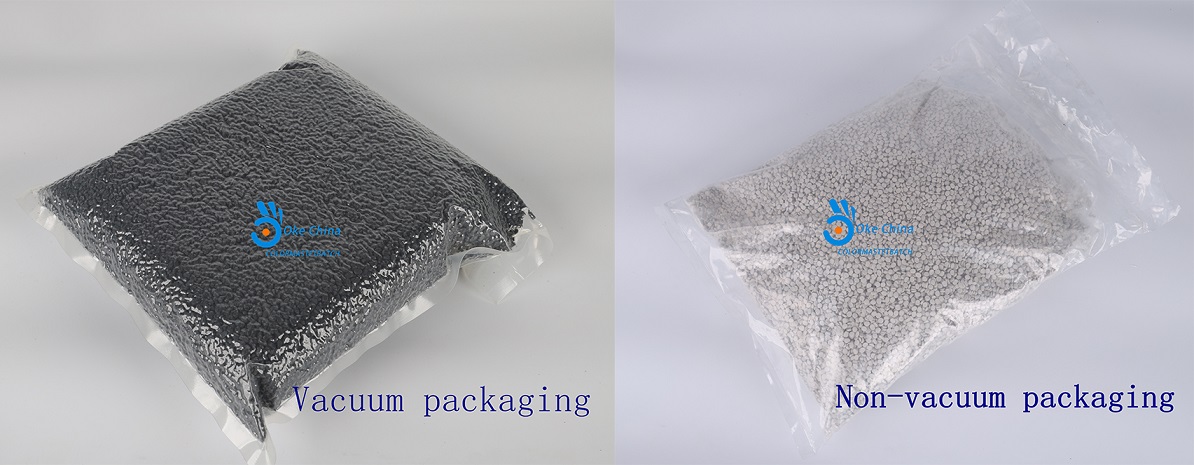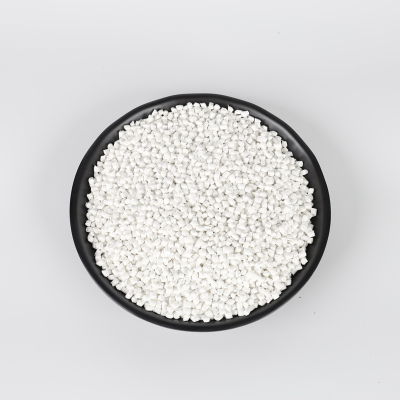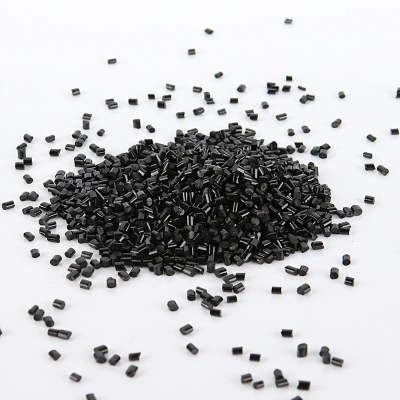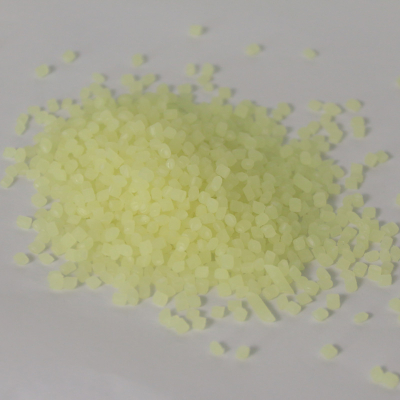Defoaming/Desiccant Masterbatch
1. Definition & Function
Defoaming/Desiccant masterbatch is a functional plastic additive used to eliminate bubbles or foam generated during plastic processing, improving product surface smoothness, mechanical properties, and processing stability.
2. Defoaming Mechanism
● Reduces Surface Tension: Defoaming agents migrate to bubble surfaces, destabilizing the film and causing bubble rupture.
● Suppresses Bubble Formation: Minimizes gas entrapment in the melt, preventing microvoids.
3. Key Components
● Carrier Resin (e.g., PE, PP): Ensures compatibility with the base material.
● Defoaming Agent (e.g., silicone, mineral oil, polyether): Core functional ingredient.
● Dispersant: Promotes uniform distribution of the defoaming agent.
4. Applications
● Injection/Extrusion Molding: Eliminates flow marks, silver streaks, and other defects.
● Foamed Materials: Controls cell structure, preventing over-expansion.
● Recycled Plastics: Removes residual bubbles from reprocessed materials.
5. Selection Guidelines
● Compatibility: Must match the base polymer (e.g., PP defoaming masterbatch is unsuitable for PVC).
● Processing Temperature: High-temperature applications require heat-resistant defoamers (e.g., silicone-based).
● Dosage: Typically 0.1%–1%; excessive amounts may degrade product performance.
6. Difference from Devolatilizing Agents
● Defoaming Masterbatch: Targets bubbles in the melt during processing.
● Devolatilizing Agents: Removes moisture or volatiles from plastic pellets (pre-processing).
7. Common Market Issues
● Migration Risk: Low-quality defoamers may bleed to the surface, affecting printing/adhesion.
● Performance Degradation: Active components may lose efficacy over time; recommend immediate use after production.
● For optimal formulations or process-specific adaptations, lab testing is advised to verify defoaming efficiency and final product quality.







